1lumen selects and reviews products personally. We may earn affiliate commissions through our links, which help support our testing.
Wurkkos TS21 review
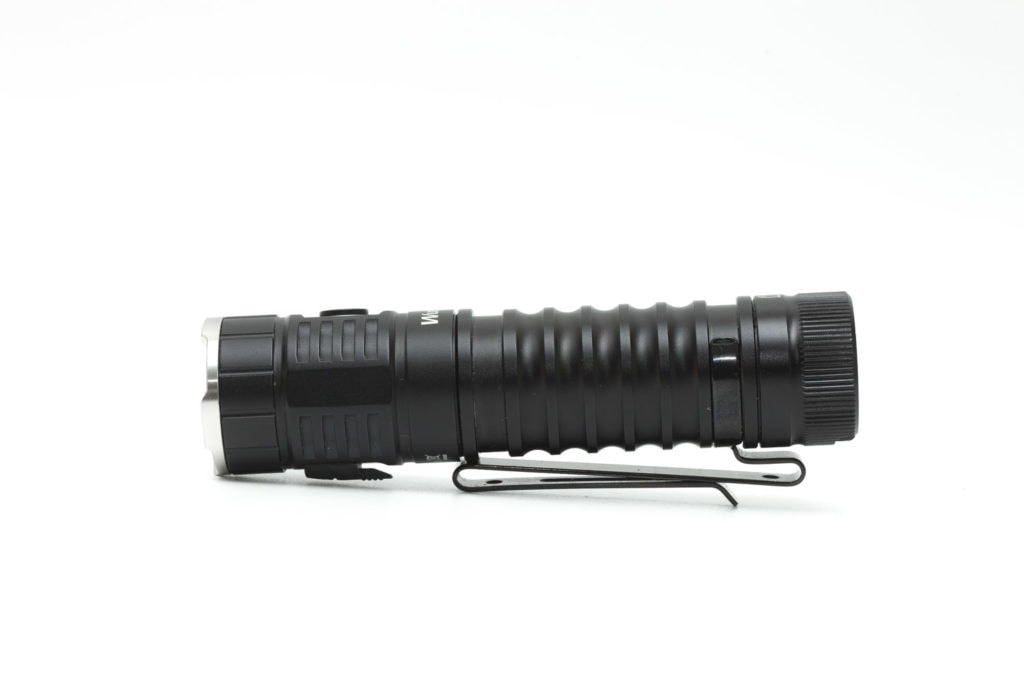
Wurkkos TS21 specifications
| Brand/model | Wurkkos TS21 |
|---|---|
| LED | 3*SST20 |
| Lumens | 3,500 lm |
| Beam intensity | 11,900 cd |
| Battery config. | 1*21700 |
| Material | Aluminum |
| Modes | Many (Anduril firmware) |
| Blinkies | Many (Anduril firmware) |
| Reflector | TIR optics |
| Waterproof | IPX8 |
| Review date | August 2021 |
Introduction:
Wurkkos has a couple of very interesting flashlights in their lineup. Nick recently reviewed the Wurkkos DL70, a diving light with 10,000 lumens, and this review is about the TS21, a 3500-lumen EDC flashlight. It is using the popular Anduril firmware that many manufacturers are using these days.
But this is my first Wurkkos as far as I remember, so I’m quite interested in testing it. And since I focus reviews based on their ‘factory’ settings, I’m curious how good/bad Anduril works with the TS21.
Package quality.
The flashlight arrived in a simple orange cardboard box with the following;
- The Wurkkos TS21
- Lanyard
- USB-C cable
- 2-way pocket clip
- 2 spare o-rings
I missed a manual, especially considering it is using Anduril UI, and most people will get confused using the UI. I’m not sure if they forgot to add one, or this was on purpose since it’s a review sample.
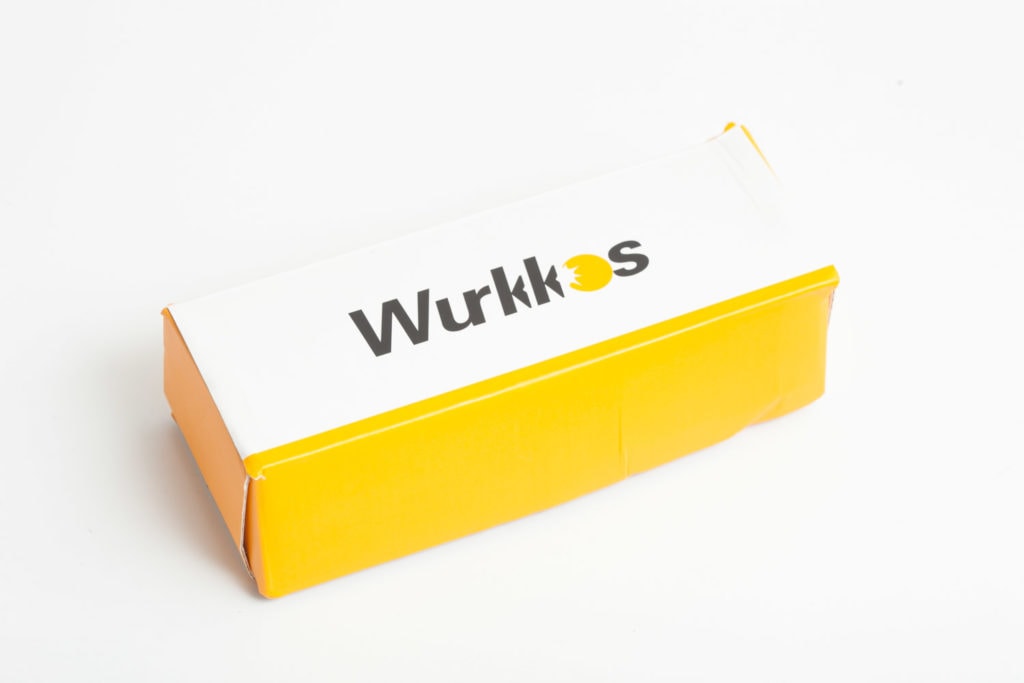
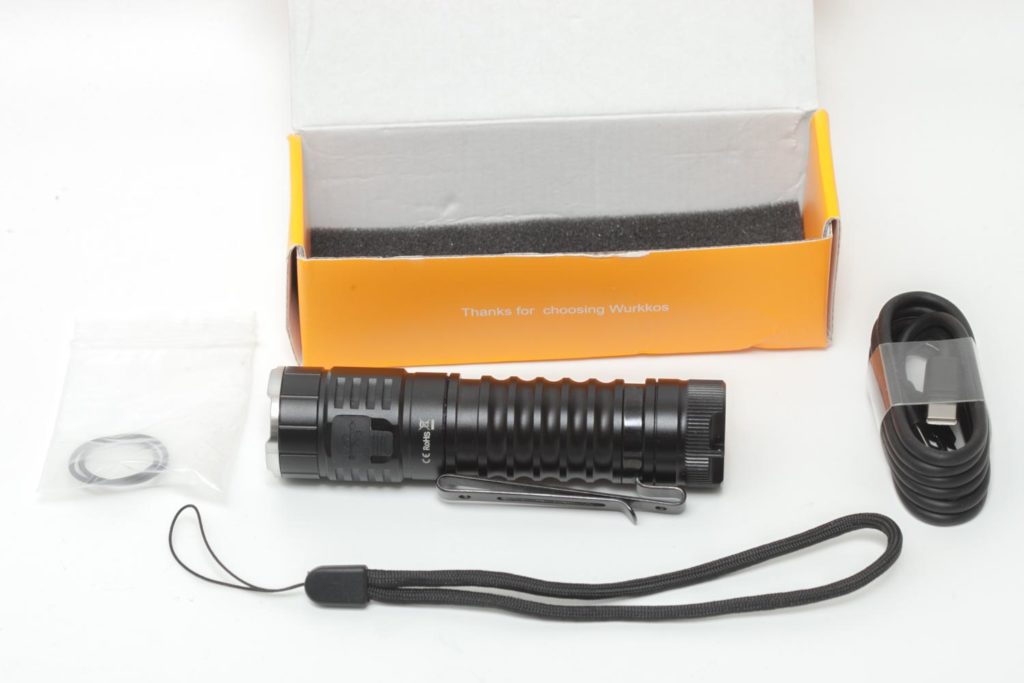
Flashlight in use
The TS21 is a 21700 style EDC flashlight. It’s pretty compact in the sense that it’s small enough to carry in your jeans.
There’s a 2-way pocket clip already attached. This means, that you can use the clip in both directions (upward and downward). And 1 thing that I really like about the TS21 is the 2 attachment points for the clip. 1 near the tailcap, and 1 near the head. That way, you can balance it even more perfect. These kinds of pocket clips have become more popular in the past several years. If you don’t like using the clip, you can easily remove it.
If you like using lanyards, you are lucky. There’s a lanyard included in the box, and can be attached at the tailcap.
And last, but not least, there’s a magnet built into the tailcap, so you can stick it to
The TS21 can be used single-handedly since there is only 1 switch. The switch is used for power and mode switching. And although the body doesn’t have any of the traditional knurlings, it doesn’t feel too slippery. Using the pocket clip helps as well.
Finding the switch in the dark shouldn’t be too difficult, because the switch is located on the opposite of the USB port. There’s a protruding rubber cover, covering the USB-C port, so even if you’re not sure what you feel, just push the flashlight on both sides and it should turn on.
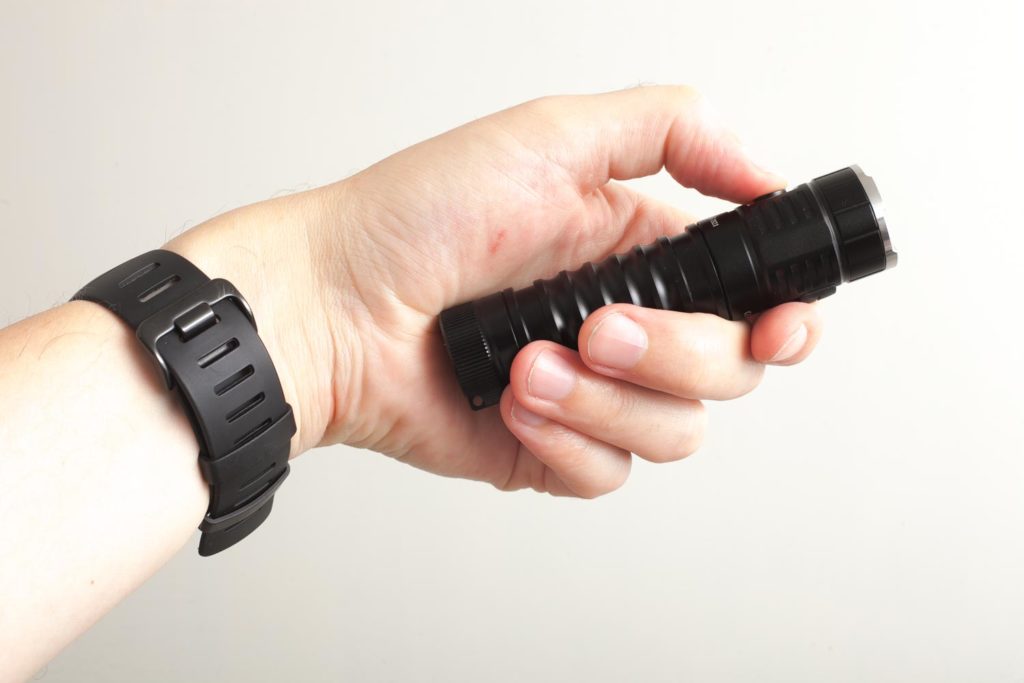
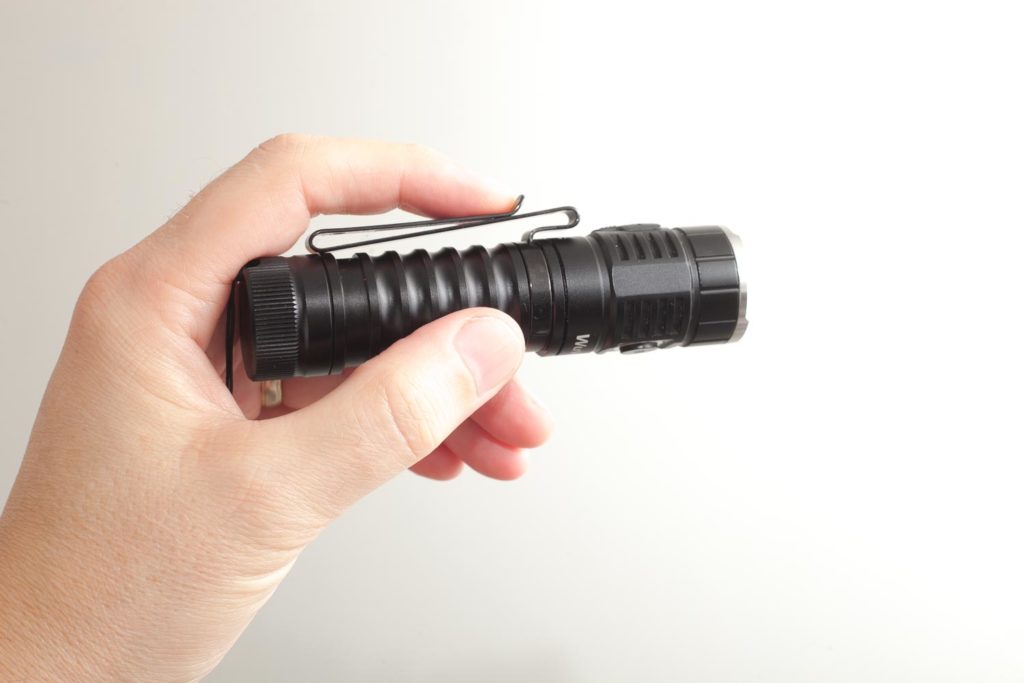
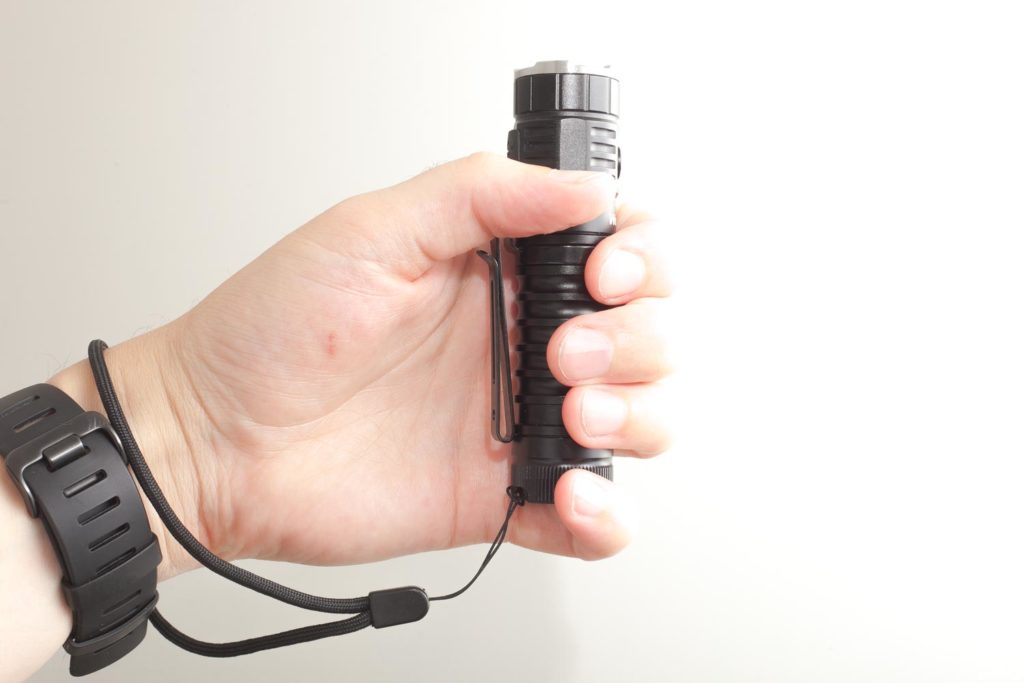
Build Quality, and Warranty
Wurkkos isn’t a premium brand, so you shouldn’t expect a high-end flashlight for $35. The TS21 is a $47 flashlight that is often on sale for prices below $35 (excluding a battery).
The anodization seems to be a little too shiny for me, but that doesn’t have to be a problem. BTW the threads near the tailcap are also anodized, so a half-turn and the light is locked-out.
Talking about the threads; they are very smooth with lots of lubrication. There’s a single black o-ring to keep water out. If you want to make sure really no water is sipping in from the back, there is another slot for a o-ring.
When unscrewing and removing the tailcap, you will automatically pull the battery out, because there’s a magnet inside the tailcap. And because of the strength of the magnet, it’s easy to horizontally (or vertically) stick it to a metal object.
Again, this may not have the highest build quality, but for the price, it’s not bad at all.
Warranty: unfortunately, I have no idea what Wurkkos warranty looks like. Their websites doesn’t mention anything about it.
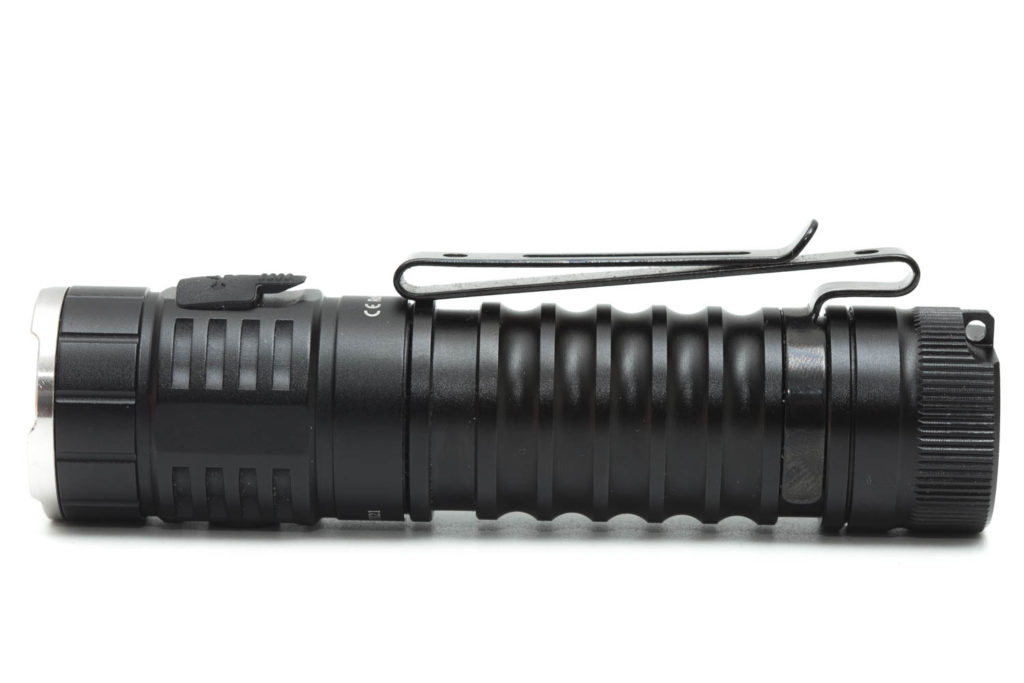
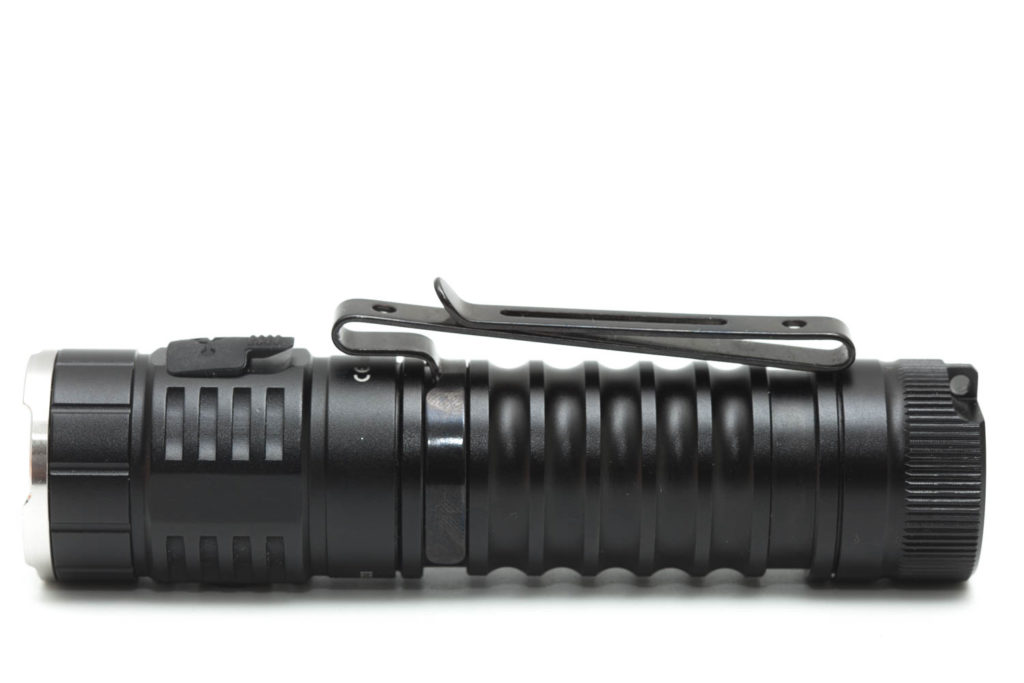
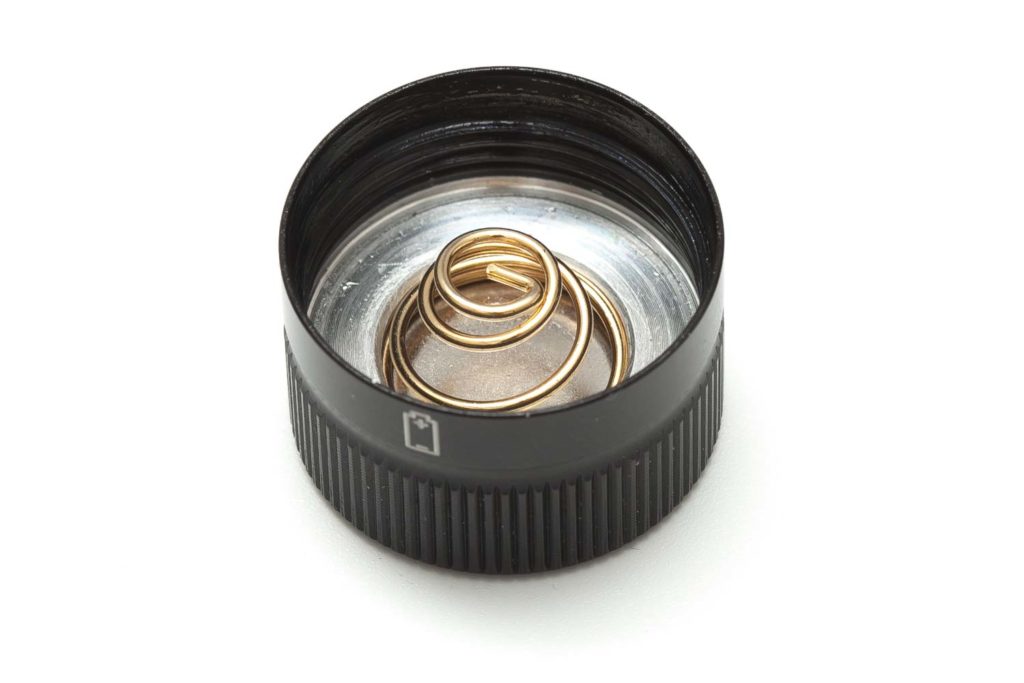
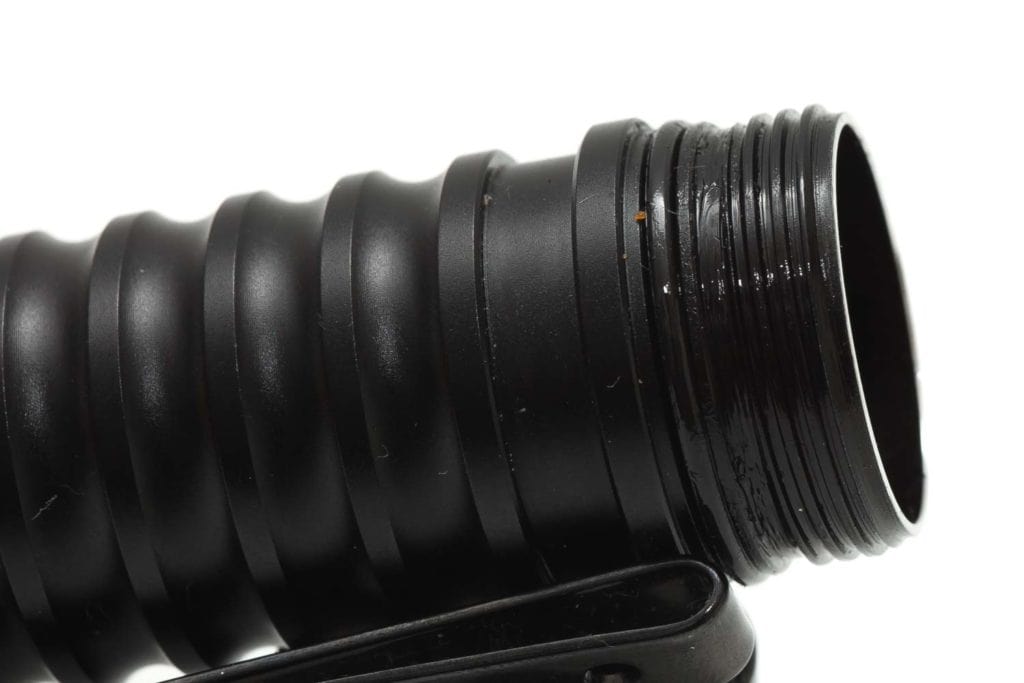
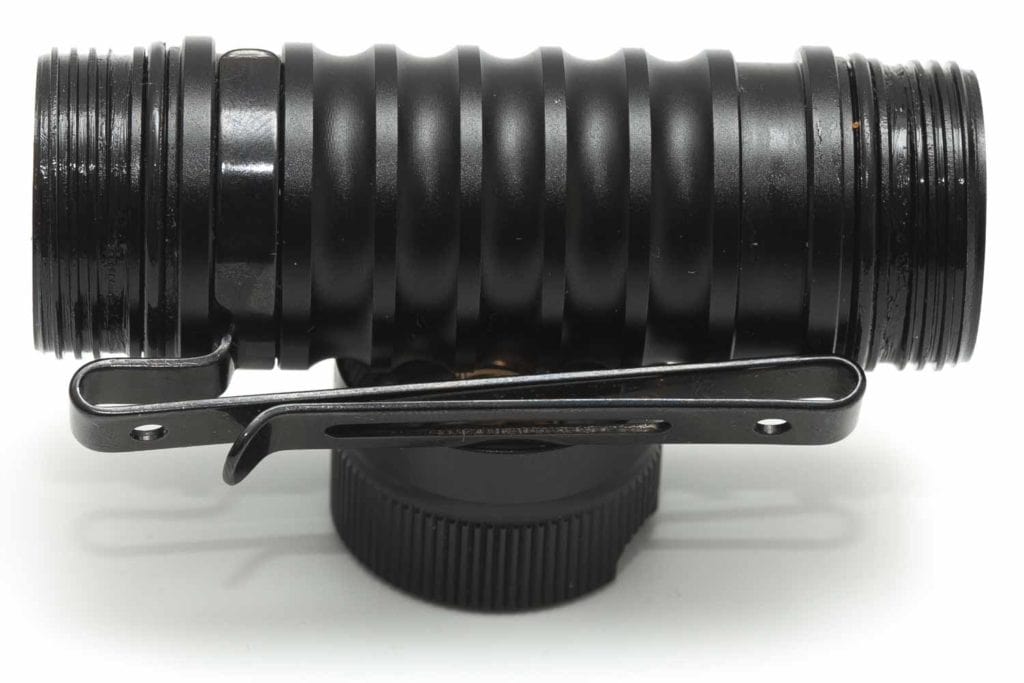
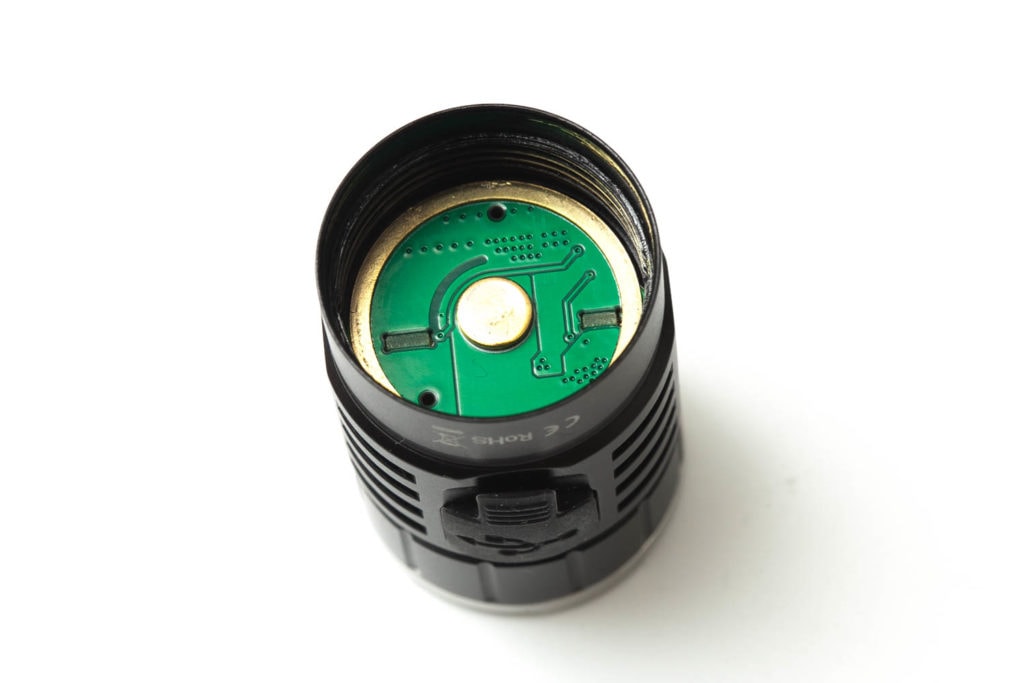
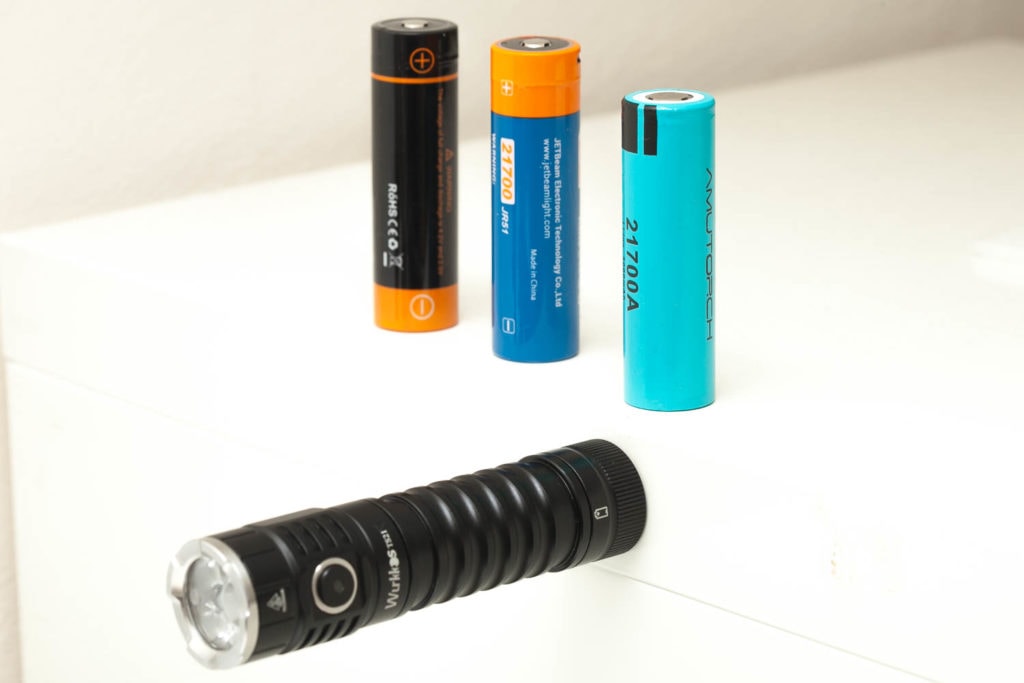
LED, Lens, Bezel, and Reflector
When ordering the TS21 you get to choose the beam color (CCT). As far as I am aware, all 3 choise are with the Luminus SST20 LEDs. The 3 choices include 4000K, 5000K, and 6500K.
I’m not sure what color they sent us. Wurkkos should mention that on the box or on a piece of paper or something. I don’t really know for sure, so I have to guess.
There are 3 LEDs behind TIR optics, and they make a pretty smooth and even flood beam. The TIR optics seem to be protected by an extra glass lens, and of course a stainless steel bezel.
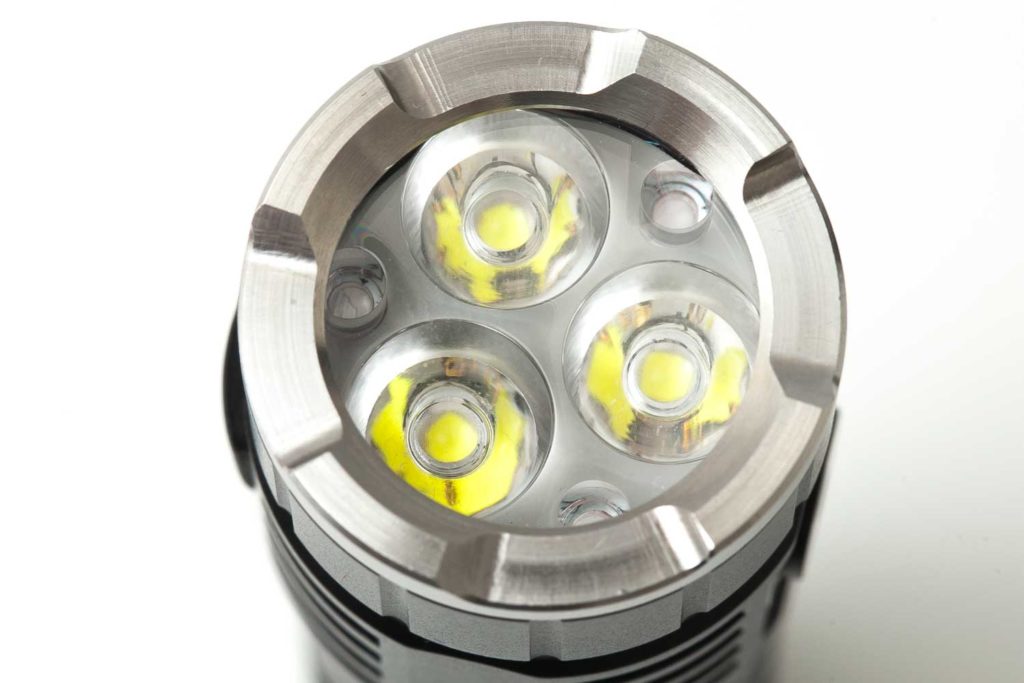
Dimensions and size comparison
- Length: 113.3 mm / 4.46 ”
- Head diameter: 28 mm / 1.1 ”
- Tailcap diameter: 26.86 mm / 1.06 ”
Weight:
- Empty: 86.2 g / 3.04 oz
- With battery: 155.5 g / 5.49 ozl
EDC Flashlight comparison
Size compared to other EDC flashlights
Image 1, from left to right: Olight M2R PRO warrior, Acebeam E70 SS, Fenix E35, Lumintop X1L, Wurkkos TS21, Zebralight SC700d, Amutorch E3H
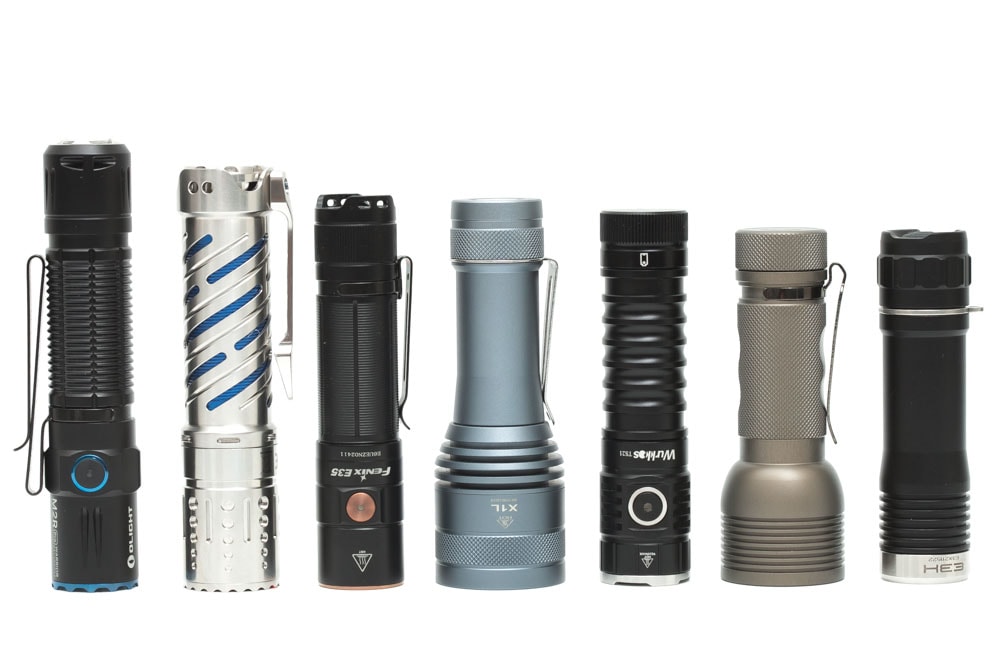
Driver & User Interface:
The Wurkkos TS21 is using the very popular Anduril firmware. The good thing about this is that the manufacturers don’t have to come up with their own firmware. The con however is that it probably makes them lazy. Anduril lights are not calibrated, so you always have to check the temperature configuration before you do any testing. Mine was only off by 2 degrees, so that wasn’t too bad. I assume the Max Temp is set at 45 degrees by default.
Since I like to review flashlights as close to default settings as possible, I only set the room/ambient temperature and didn’t touch the Max Temp settings.
I tried to read the firmware version, and I’m not 100% sure if I noted them correctly. I saw: 2 blinks, short blink, 2 blinks, short blink, short blink, 3 blinks, short blink, 8 blinks.
I thought this was 2020 0308 But it might be that the last short blink is actually a 1, instead of a zero. Then the version is 2020 – 03- 18.

This is the image of the UI, but forget about the bottom part, because this particular light has no AUX LEDs.
From OFF:
- Single-click: ON
- Double click: High (Top of ramp, to get to Turbo, you need to do another double click)
- 3 clicks: Access the blinky/utility modes.
Enter Special/Fun modes from OFF:
- 2 clicks + hold: Strobe modes
- 4 clicks: Lock Out mode
- 5 clicks: Momentary on
- 6 clicks: Muggle mode
From ON:
- Single-click: Off
- Double click: Turbo
- 3 clicks: change ramping mode.. Instead of a smooth increase, it has 6 little steps between Lowest and Max.
- 4 clicks: change to ramping configuration mode
- Press and hold: brightness ramps up.. release and press and hold again to ramp down.
INTERESTING, SPECIAL, AND FUN MODES:
Please read the manual carefully to know how to access or customize these modes. Also see the firmware picture, above.
- Blinky Utility mode:
- Battery check
- Sunset Mode
- Beacon mode
- Temperature check
Strobe / Mood modes:
When in the strobes mode, double-click to rotate between them – all modes except party strobe are brightness, changed the same way as a normal ramp. In party strobe mode, ramping up and down will increase and decrease the frequency of the strobe, for incredible effects.
- Candle
- Bike flasher
- Party strobe
- Tactical Strobe
- Lightning mode
- Lockout mode (can’t use the light)
- Lockout mode is available by clicking four times from off – while in lockout mode, click-and-hold will light up at bottom of the ramp, and a double-click-and-hold will light up somewhat brighter. This is to give you a way to quickly use the light if necessary, but if it activates in your pocket, it will only be at very low modes, and only for as long as the button is pressed. No more holes in pants!
- Momentary mode (signaling/ morse coding)
- Muggle mode: (safer for children)
- Configuration mode
- Ramp config mode
Firmware / UI Conclusion:
There seems to be something a little strange. When you hold the switch pressed, it will ramp up, wait a few seconds, and then ramps down.. when you continue pressing the switch and release it, it will be locked. This is actually a safety feature, and is really helpful. Imagine you accidentally press the switch continuously, it won’t stop at Turbo, but will run down to Low, and turn off when you release the switch again. Great feature!
After the runtime tests, the battery was down to 2.87V, 2.89V, and 2.9 V, before I stopped the runtime. The light would continue running at a low output though.
Batteries & Charging
My sample didn’t come with a battery, but you can add a battery to your order at Wurkkos, for an extra $3-$4, which is insanely cheap. I didn’t have it, so I tested it with a Samsung 5000mAh 21700 50G battery. I try to use this as my default battery for 21700 reviews.
Long 21700 batteries with USB port, don’t fit! You need unprotected batteries. Button tops and flat tops are both fine, at least my batteries fit.
The built-in charger uses a USB C port and charges at a current of 1.6-1.7 Amps, which is pretty good. Charging takes about 4 hours with a 5000mmAh battery. Unfortunately, I don’t have a USB-C to USB-C cable nor adapter to test it. But the included USB-A to USB-C works just fine.
After charging I measured the battery at 4.18V.
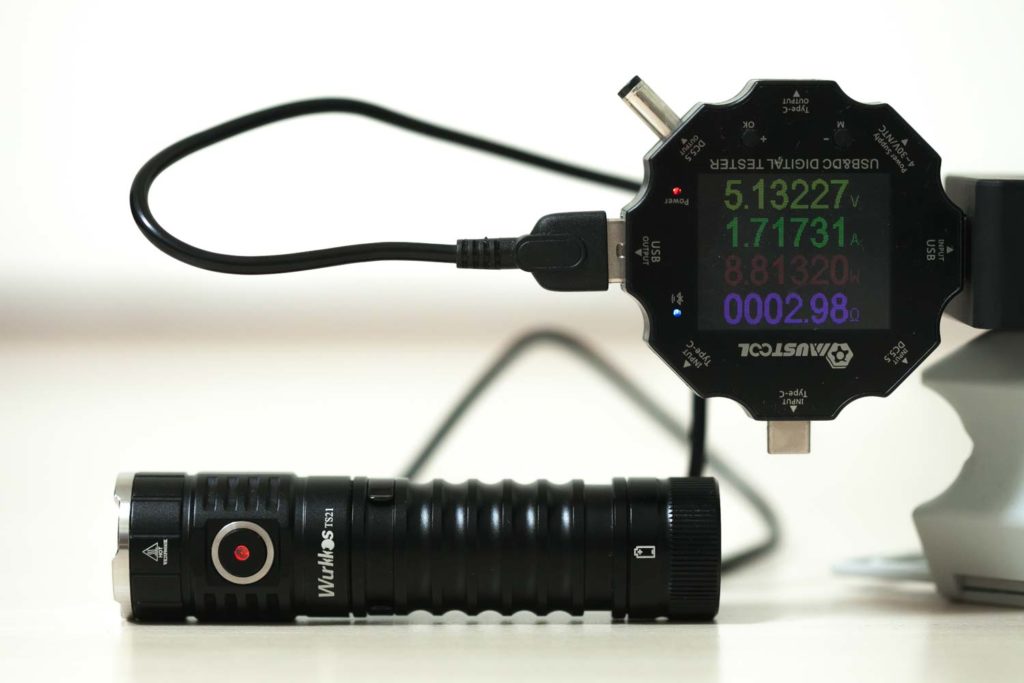
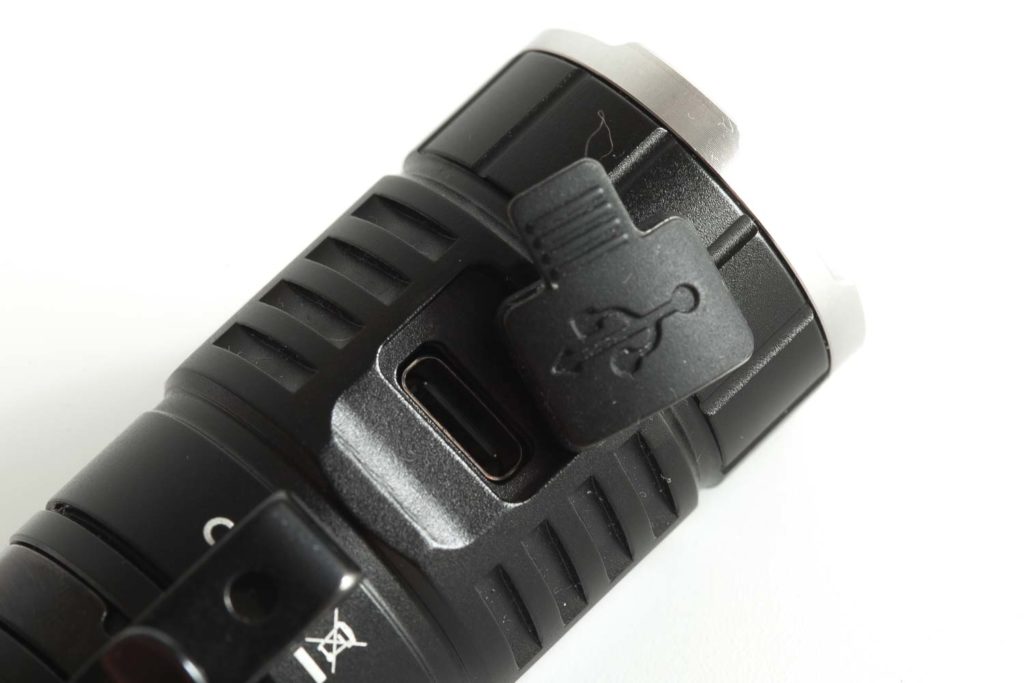
Performance
Lumen measurements:
All output numbers are relative to my homemade Integrating Sphere. It is set up with an Extech SDL400 Lux Meter for measurements including a Kenko PRO1D ND-16 filter. The base measurement is done with a Convoy S2+ that is tested at 255 lumens.
All of my readings were taken with a fully charged Samsung INR21700-50G.
| Mode | Amps | 10 min | 30 sec | start |
|---|---|---|---|---|
| 1 | 0.02A | – | 7.07 | 7.07 |
| 2 | 0.08A | – | 34.75 | 34.75 |
| 3 | 0.20A | – | 92 | 94 |
| 4 | 0.47A | 202 | 206 | 210 |
| 5 | 0.68A | 444 | 488 | 498 |
| 6 | 1.17A | 368 | 945 | 978 |
| 7 | 2.35A | 270 | 1514 | 1655 |
| Turbo | 6.60A** | 290 lm | 942 lm | 3316 lm |
Specs say 3500 lumens, and that’s not really correct. Anduril is one of the worst firmwares (by default) to use with high-power flashlights and ANSI FL1 testing. When the flashlight gets hot, the output drops like a rock. Check out the runtime graphs below to understand what I mean.
** this was measured with a Fluke 77III. I finally bought a clamp meter, and it shows above 10Amps with the clamp meter.
Parasitic drain:
- 95uA = 0.095mA
- That seems to be pretty good. I read other lights like the FC11 have a higher parasitic drain.
Runtime:
The runtime test was done with a 50cm integrating sphere, including the Kenko Pro1D ND-16 filter and Extech SDL400 data logging Lux Meter.
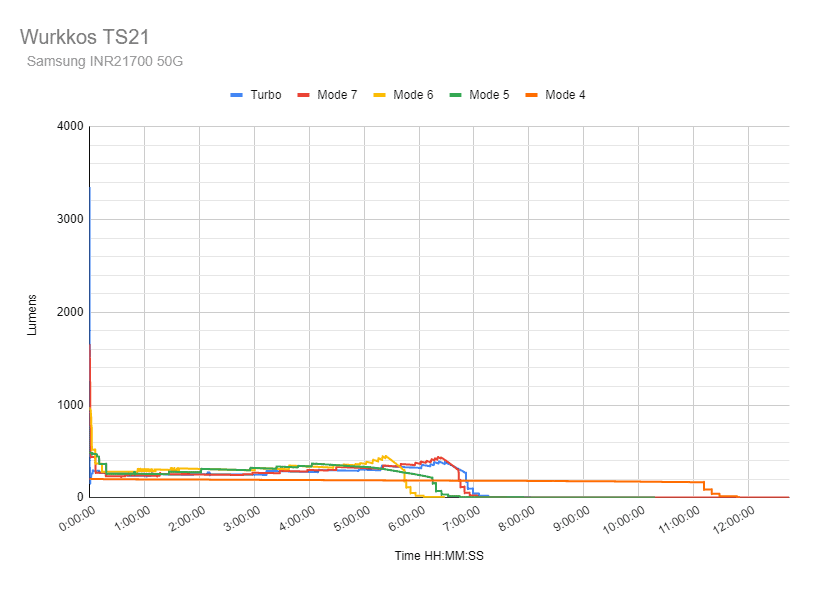
There doesn’t need to be much explanation about the runtimes, because they are pathetic for a 3,500 lumen flashlight in default settings.
In order to get some kind of normal output and runtime, up the temp to 60+ degrees.
The first 12 minutes of the default temp vs the upgraded temp at 60 degrees can be seen below. It doesn’t pathetically drop to about 150 lumens within 1 minute, which is just stupid. The higher max temp has a much nicer drop, and stays at around 440 lumens after 7 minutes.
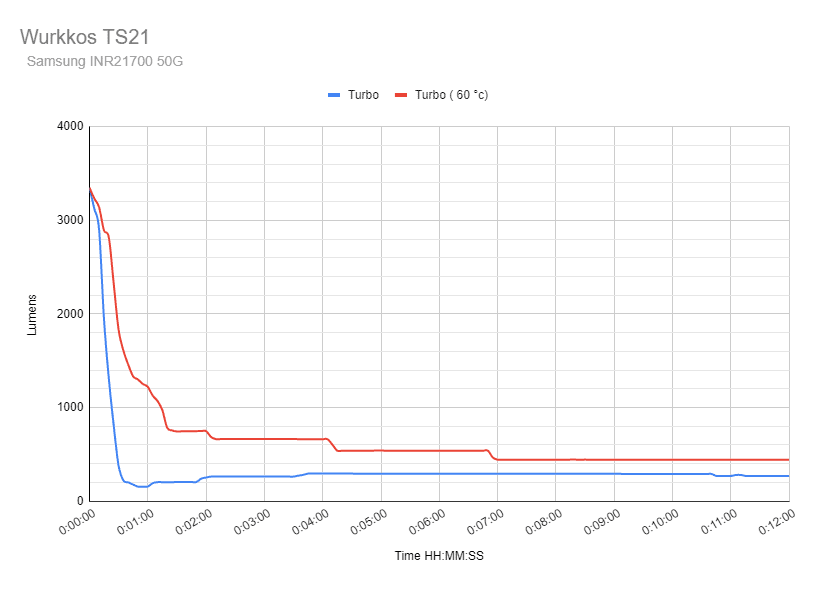
Throw Measurement
Measurements were taken indoors aat 5 meters with a professional Hagner E4-X Lux Meter.
| Mode | Candela | Meters | Yards |
|---|---|---|---|
| Turbo | 13,175 cd | 230 | 251.06 |
| Mode 7 | 7,050 cd | 168 | 183.65 |
| Mode 6 | 4,200 cd | 130 | 141.75 |
| Mode 5 | 2,125 cd | 92 | 100.83 |
| Mode 4 | 900 cd | 60 | 65.62 |
According to specs, it’s supposed to throw 11,900 cd, which it easily delivers. Anything below mode 3 isn’t really useful to mention.
Beamshots
For the following beamshots I used a Canon EOS 5D Mk2 and a 50mm lens. manual settings: ISO1600, 1/4sec , F4, 5000K
The shed is about 65 meters / 71 yards away.
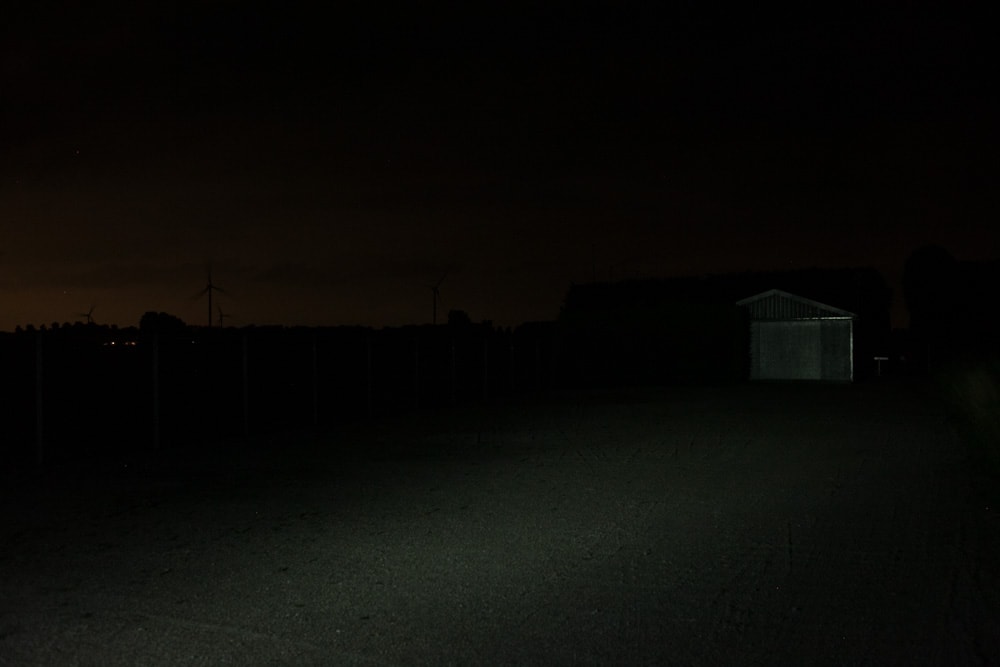
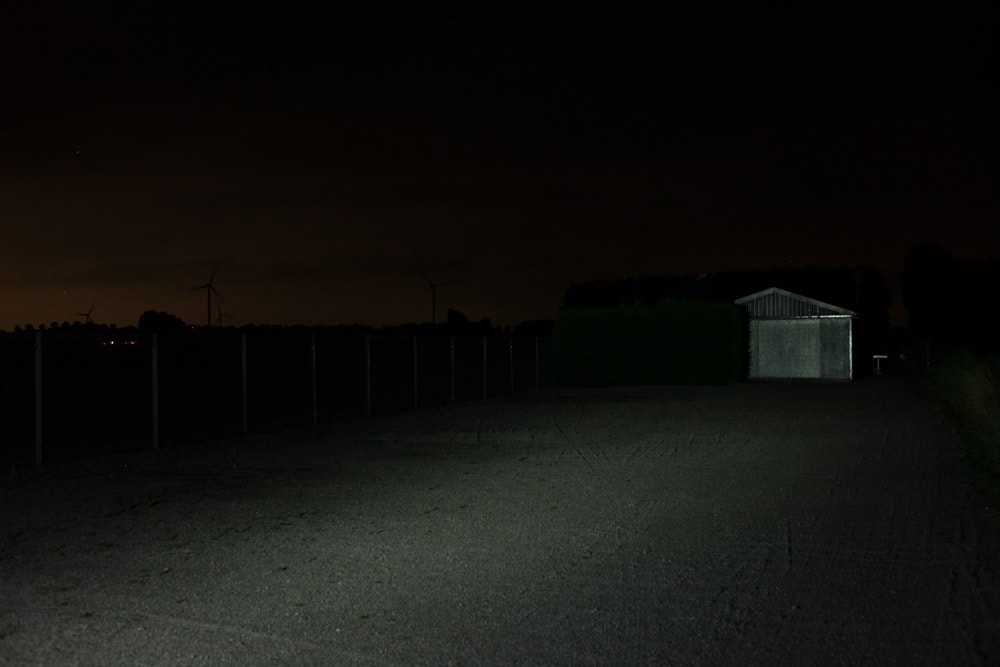
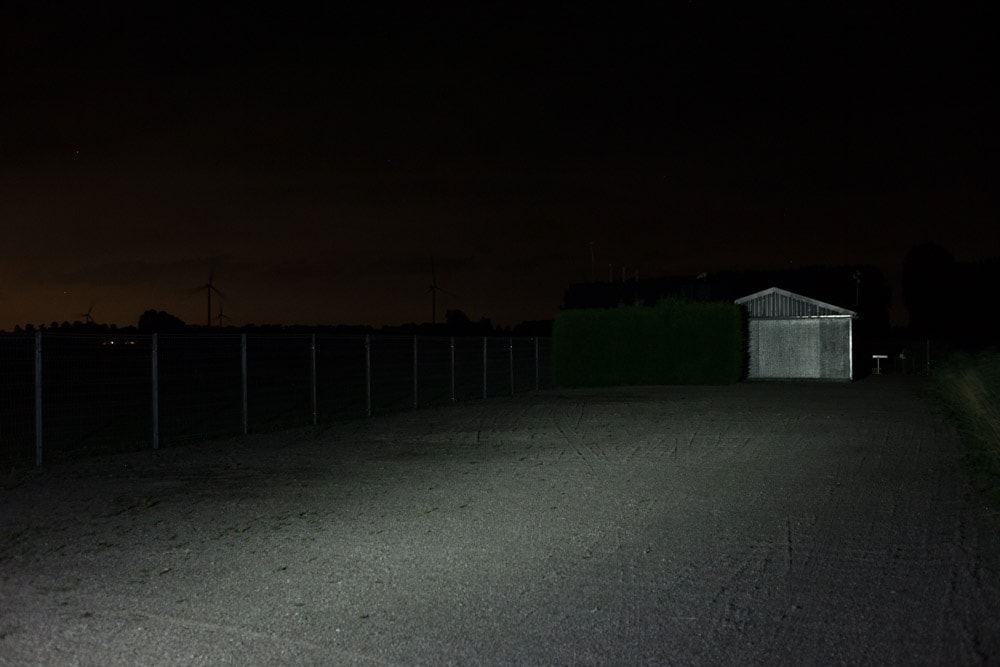
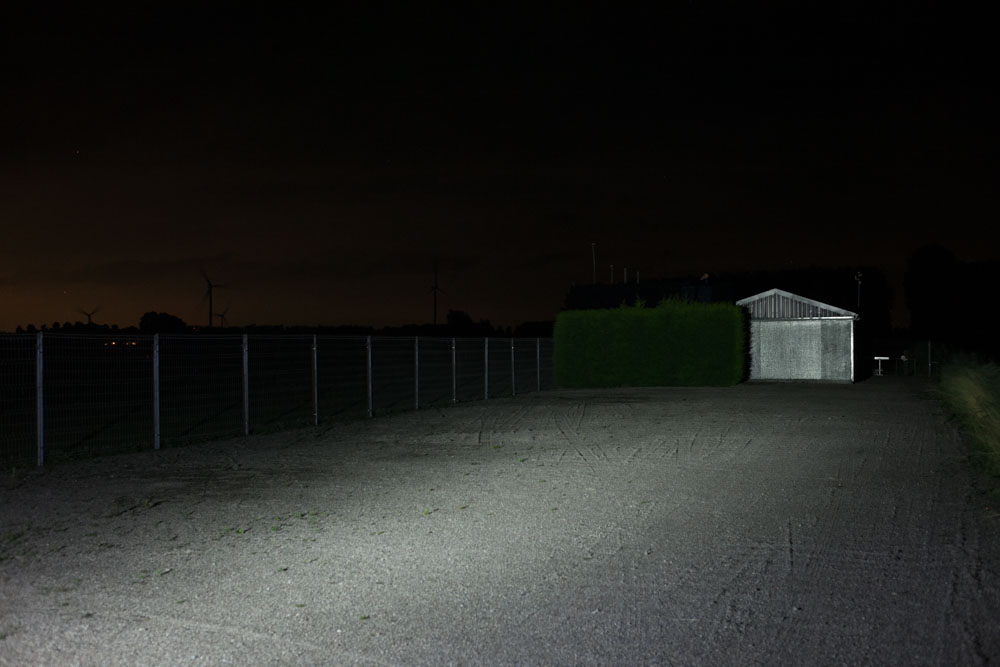
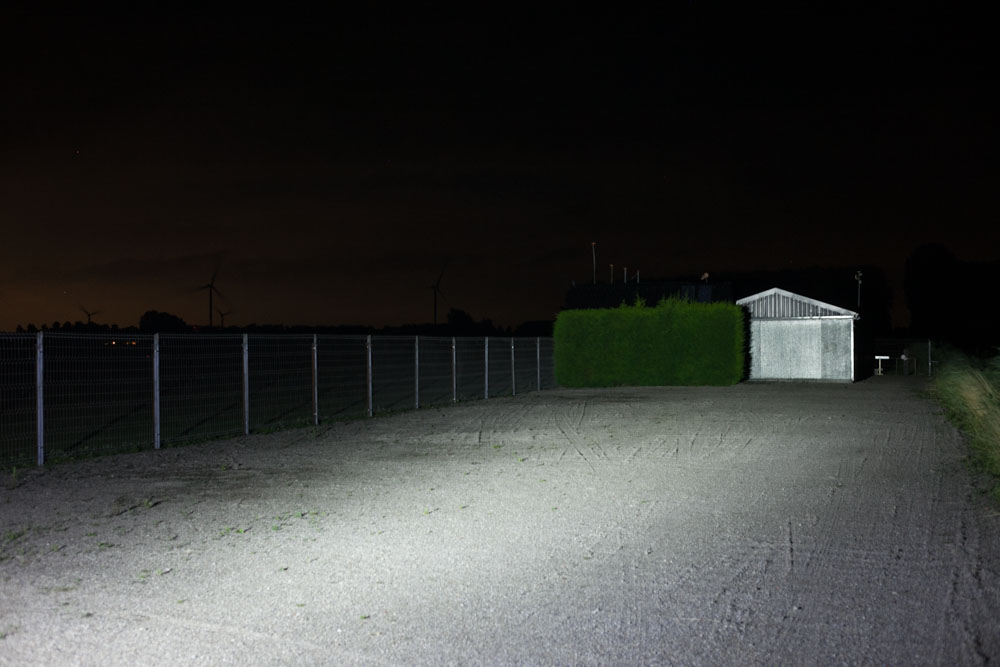

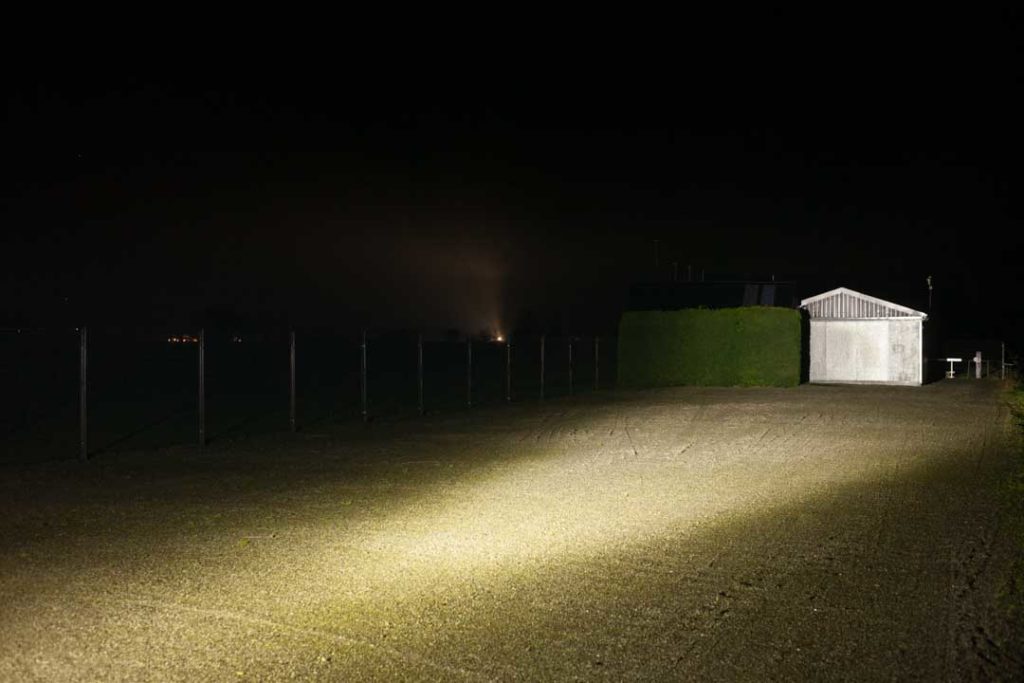
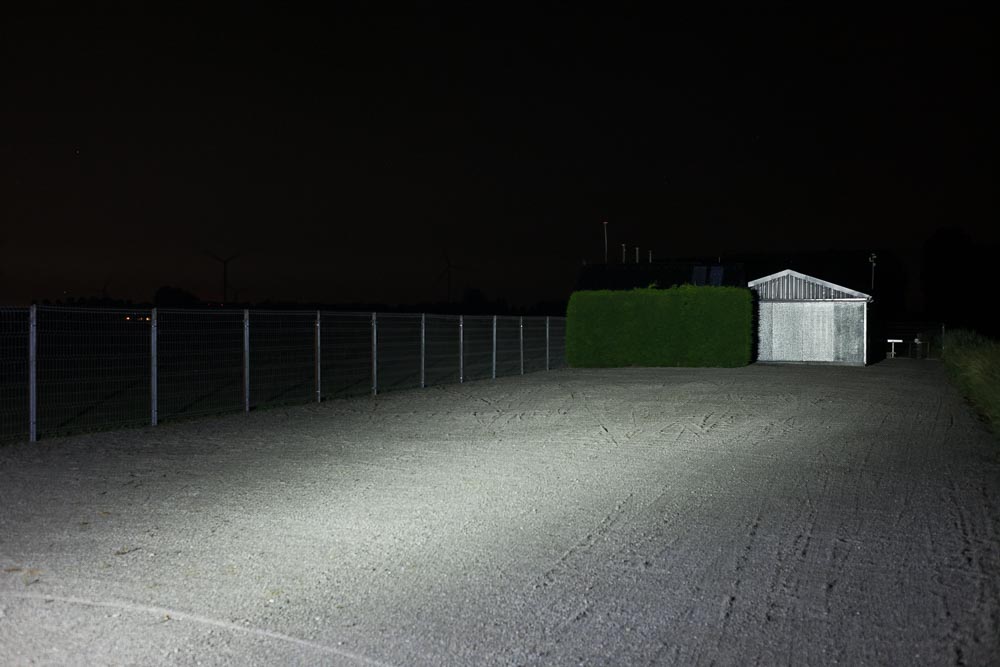
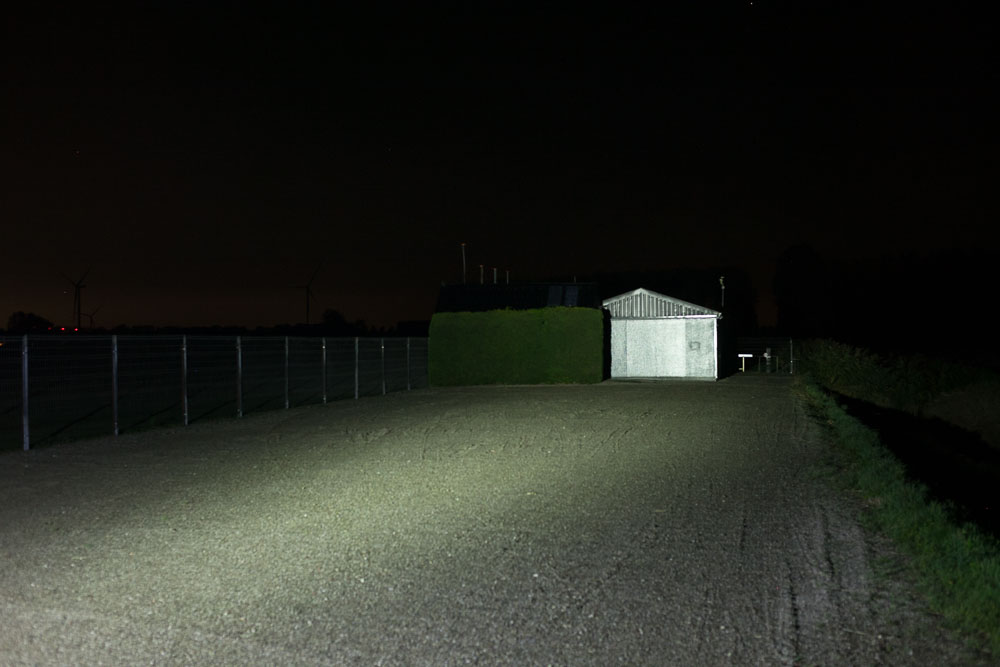
Disclaimer: This flashlight was sent to me for review at no cost by Wurkkos. I have not been paid to review, nor have I been holding back on problems or defects.
Final Verdict
Pros
- Very affordable flashlight
- Extremely versatile with Anduril firmware
Cons
- Anduril: Needs tweaking to get it perform well
- No manual was included (not sure if this was on purpose)
Explanation on star ratings:
1: Avoid: my phone flashlight would be a better choice – 2: Poor: significant defect or issues, much better options available at the same price – 3: Average: some defects or issues – 4: Good: recommended (minor issues) – 5: Great: highly recommended
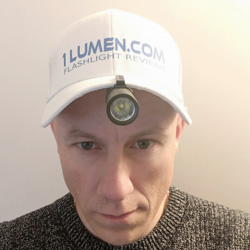
4 stars: ★★★★
For about $35, I could recommend it to people who love Anduril firmware and know the pros and cons of this firmware. I usually don’t recommend Anduril flashlights to beginners, unless there are strong requirements, without there being any alternatives.
Performance is what you can expect from this size flashlight with 3 emitters in combination with Anduril. Output drops rapidly and continues at a very low output for a very long time. Bump up the Max Temp to have a higher sustained output. I’ll give it 3.5-4 stars.
Buy Wurkkos TS21 here:
1lumen selects and reviews products personally. We may earn affiliate commissions through our links, which help support our testing.